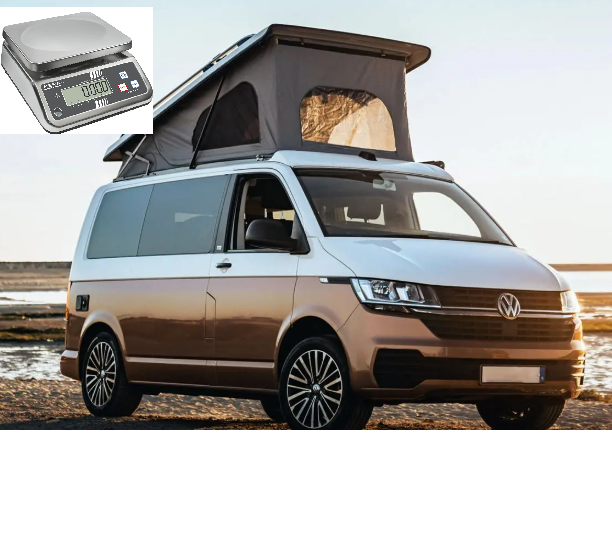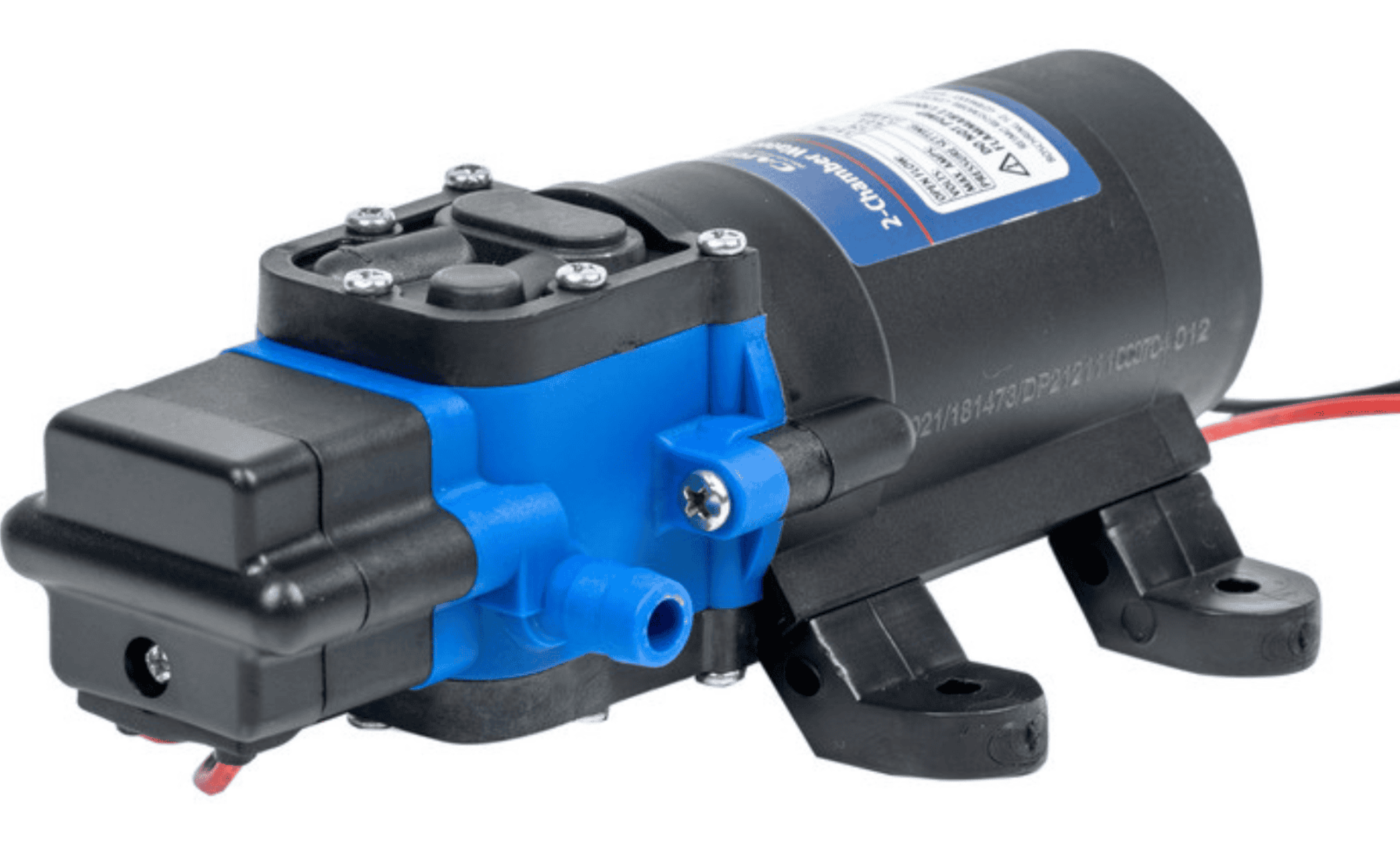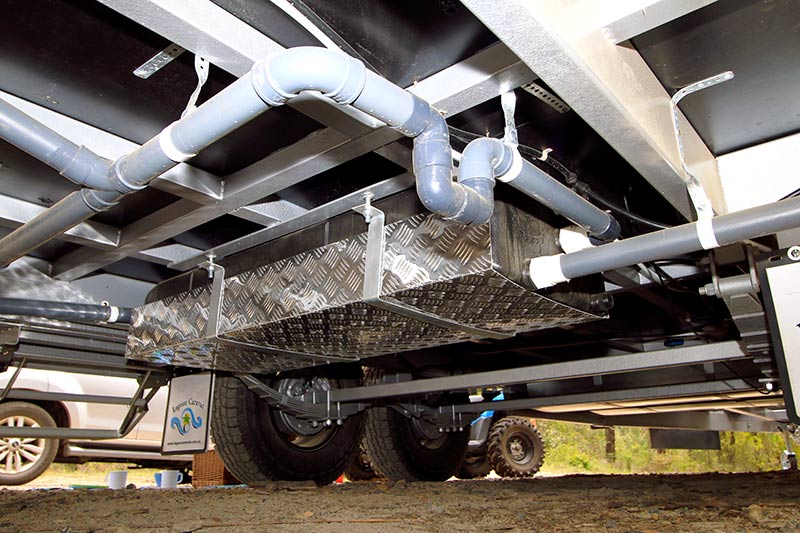Are you an avid camper, caravanner, or boat enthusiast? If so, you’ve likely encountered the term “leisure battery.” But what exactly is a leisure battery, and how does it differ from a standard car battery? This comprehensive guide will delve into the intricacies of leisure batteries, explaining their purpose, types, and how to choose the right one for your needs.
Understanding the Basics
At its core, a leisure battery is a deep-cycle battery designed to provide a steady, sustained power supply over extended periods. Unlike a car battery, which delivers a burst of high current for starting the engine, a leisure battery is built to handle prolonged, low-current discharges.
Key Differences: Leisure Battery vs. Car Battery
- Purpose:
- Car Battery: Primarily for starting the engine, delivering a high current for a short period.
- Leisure Battery: Designed to power appliances and electrical devices in recreational vehicles, boats, and off-grid setups, providing a sustained power supply.
- Discharge:
- Car Battery: Not designed for deep discharge. Repeated deep discharges can damage it.
- Leisure Battery: Engineered for deep-cycle use, allowing it to be discharged and recharged multiple times without significant damage.
- Construction:
- Car Battery: Thinner lead plates for high current output.
- Leisure Battery: Thicker lead plates for durability and deep-cycle performance.
Why Do You Need a Leisure Battery?
Leisure batteries are essential for powering various electrical devices in recreational settings, including:
- Lighting
- Refrigerators
- Televisions
- Water pumps
- Charging electronic devices
Essentially, they provide the comforts of home while you’re on the move or off-grid.
Types of Leisure Batteries
Several types of leisure batteries are available, each with its own advantages and disadvantages:
- Lead-Acid Batteries:
- Flooded Lead-Acid: The most traditional and affordable type. Requires regular maintenance, such as checking and topping up electrolyte levels.
- Sealed Lead-Acid (SLA): Includes AGM (Absorbent Glass Mat) and Gel batteries. These are maintenance-free and spill-proof, making them safer and more convenient.
- AGM Batteries: Excellent for high-current applications and perform well in cold temperatures.
- Gel Batteries: Highly resistant to vibration and deep discharge, ideal for demanding applications.
- Lithium-Ion Batteries:
- Offer superior performance, including faster charging, longer lifespan, and lighter weight. However, they are generally more expensive.
- Lithium Iron Phosphate (LiFePO4) are the most popular lithium option for leisure use due to their safety and long lifespan.
Choosing the Right Leisure Battery
Selecting the appropriate leisure battery depends on several factors:
- Power Requirements: Calculate the total power consumption of your appliances and devices.
- Capacity (Amp-Hours – Ah): The higher the Ah rating, the longer the battery will last between charges.
- Battery Type: Consider your budget, maintenance preferences, and application requirements.
- Size and Weight: Ensure the battery fits your available space and weight constraints.
- Budget: Lithium is more expensive, but offers many benefits.
Maintaining Your Leisure Battery
Proper maintenance is crucial for maximizing the lifespan of your leisure battery:
- Regularly check electrolyte levels (for flooded lead-acid batteries).
- Keep the battery clean and dry.
- Avoid deep discharges whenever possible.
- Use a compatible charger.
- Store the battery in a cool, dry place when not in use.
Conclusion
A leisure battery is an indispensable component for anyone seeking to enjoy the freedom and flexibility of recreational activities. By understanding the different types of leisure batteries and their specific applications, you can make an informed decision and ensure a reliable power supply for your adventures.




